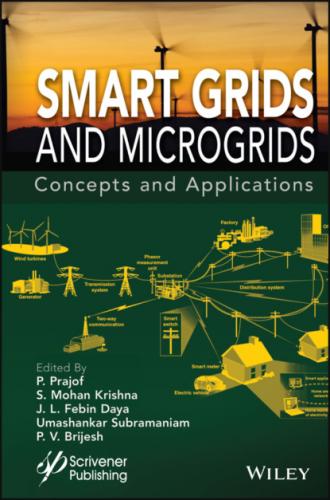2.4.2 DC-AC Inverter AC-DC Rectifier
AC-DC converter (rectifier) converts AC input power into DC output power. The rectifier provides DC power to charge the BESS. Three-phase rectifiers are widely used for the industrial, electrical transportation system and the transmission of energy applications. Moreover, a DC-AC converter (inverter) is a crucial device that connects any DC power source to an AC bus in the power system. Inverters appeared as a promising power converter with numerous medium and high-power applications such as industrial motor drives, variable-frequency drives, EV/HEV, UPS, grid-connected renewable energy sources, HVDC, flexible AC transmission system. The typical inverters and rectifiers model are similar, which allows the converter to operate as either a rectifier or an inverter.
2.4.3 AC-AC Converter
AC to AC converter is utilized to convert the AC to another AC with requisite frequency and magnitude. AC to AC converter is mainly classified as cycle converters, Indirect AC to AC converter (DC- Link converter), matrix Converters and hybrid matrix converter. AC to AC converter is used for speed control of drive, the interconnection of AC buses and charging and discharging of ESS.
2.5 Control of Interfaced Converters
The role of the control and management system in a microgrid is indispensable in addition to the design of converters. The ESS in the microgrid requires a bidirectional power flow for its charging and discharging, which is possible by controlling the required converters. The control of charging and discharging process of ESS for Ac and Dc microgrid is explained in the following section.
2.5.1 DC-DC Bidirectional Converter Interfacing DC-Microgrid
In order to exchange power with the dc microgrid or dc link of the microgrid circuit from ESS, a DC-DC bidirectional converter is required. Depending on the voltage of the microgrid and battery, a different configuration of DC-DC could be used. As an example, Figure 2.2 shows a bidirectional boost converter interfacing battery to the DC system or DC-link of the DC-AC converter. Based on the requirement of the microgrid, the following condition could arise:
Figure 2.2 Boost converter interfacing battery to dc microgrid.
1 a. ESS (Energy Storage Systems) may be required to discharge if the energy management system (EMS) of the microgrid needs power from the ESS
2 b. If ESS is discharged or there is excess power from the other distributed energy sources, the ESS is supposed to be charged.
3 c. In case the dc microgrid voltage deviates from its reference value and other ESS in the system fails to maintain the microgrid voltage owing to a low state of charge (SOC), the ESS with a considerable amount of capacity left has to control the microgrid voltage.
To fulfill the above objective/role of the ESS, the converter controller should have the provision of working in all the modes as dictated by EMS. One typical configuration of such a controller is shown in Figure 2.3. The signal Batt – charge, IB(cha, ref), IB(disc, ref), Vdc-ctrl are provided by the EMS depending on the requirement of the microgrid. When battery has to be discharged, command Batt – charge = 0, Vdc-ctrl = 0 and reference battery discharge reference current (IB(cha, ref)) is received from EMS. The current loop is activated where reference current is compared to battery current to produce error signal which is sent to PI controller to produce PWM. Since the current has to be supplied by the ESS, the bottom switch (SL) has to be modulated and the gating signal of the top switch (SH) has to be disabled. This is achieved by multiplying the PWM signal with the Batt – charge command to ensures that the proper gating signal is sent to the converter. If Batt – charge = 1, Vdc-ctrl = 0 and reference battery charge reference current (IB(cha, ref)) is received from EMS, it implies that battery has to be charged. This requires that the top switch (SH) has to be modulated and the bottom diode (DL) would be working. The Batt – charge = 1, multiplied with PWM produces the top switch gating signal (GH) for the top switch and turns-off the bottom gating signal (GL = 0).
